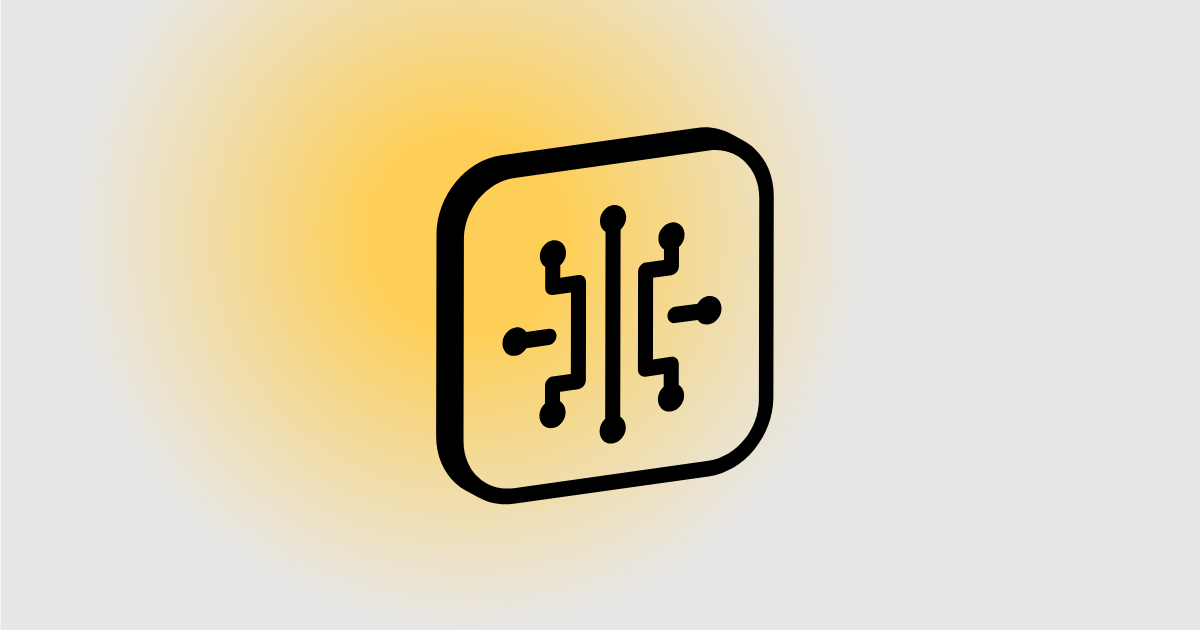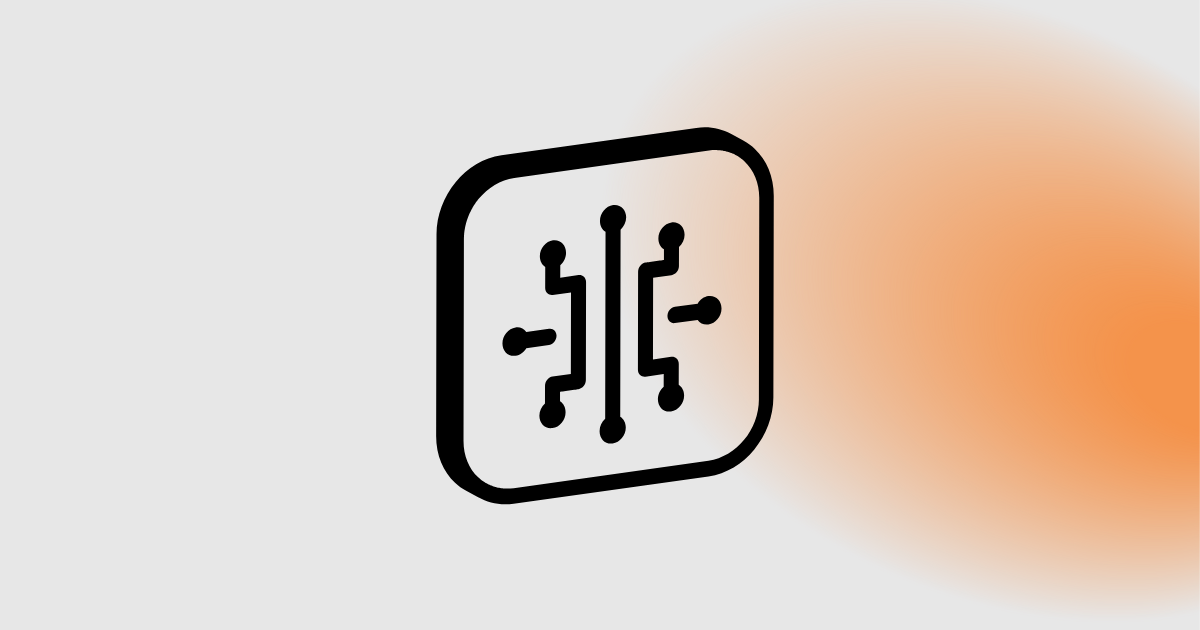
Implementing CI/CD Pipeline on AWS
Deliver the best to your customers by automating your AWS process

Optimal CI/CD Processes in Your Cloud Environment
Without continuous integration and continuous delivery (CI/CD), releasing software is a manual, inconsistent, and time-consuming process. CI/CD pipelines in AWS are a practice to increase your organization’s ability to deliver its applications and services at a high velocity and shorten your development cycle.
Set your cloud environment and processes up for success by partnering with Mission, an AWS DevOps Competency Partner, to build continuous integration and continuous delivery (CI/CD) pipelines for your AWS cloud.
Build and Optimize CI/CD Processes in Your Cloud Environment
Automated Software Release Processes
Leverage our expertise in industry best practices for building and optimizing CI/CD processes in your cloud environment.
Improved Developer Productivity
Strengthen productivity by taking advantage of CI/CD pipelines built with DevOps best practices in mind. Free your developers from manual build and deployment tasks. Optimize your pipelines for speed and security and streamline delivery processes.
Faster Identification and Resolution of Bugs
With more frequent and comprehensive testing, your team can discover and address bugs before they grow into more significant problems. CI/CD lets you test your code efficiently because the entire process has been automated.
More Responsive Customer Updates
You’ll always have a deployment-ready build with a standardized test process through properly implemented continuous delivery. This means you can add features faster and expedite their delivery to customers.
Automate Your Environment and Deploy Live With Control and Confidence
Our team can build and improve your code pipelines with other AWS services and third-party platforms, such as GitHub Actions, Gitlab or BitBucket.
Development and Operation Projects Include:
-
Compiling, building and testing code with AWS.
-
Continuous delivery of container-based applications to the cloud.
-
Pre-deployment validation of artifacts (such as descriptors and container images) required for network service or specific cloud-native network functions.
- Functional, integration and performance tests for containerized network function/virtual network function (CNF/VNF), including baseline and regression testing.
- Reliability and disaster recovery (DR) testing.
“Mission ensured the migration of our environment would be a success by listening upfront to our challenges and proactively offering choices on how to solve any issues. They also communicated constantly with our internal team and helped us project the amount of time the project would take. We continue to meet with the Mission team regularly to discuss our DevOps process, and they frequently identify ways we can accelerate the rollout of new application services.”
What is CI/CD?
CI stands for Continuous Integration and CD stands for Continuous Deployment/Delivery. CI refers to the practice of frequently integrating new code changes into a central repository. After integration, automated tests are typically run to catch and fix any bugs or issues early in the development cycle. CI emphasizes the "continuous" testing of code to ensure that it's always in a deployable state. CD means that every change that passes the automated tests is automatically deployed to production without human intervention.
What does AWS offer to support a CI/CD process?
The AWS Code Family (CodeCommit, CodeBuild, CodeDeploy, and CodePipeline) are native tools that easily integrate into a CI/CD pipeline, incorporating Git, testing, compilers, deployments, and release automation. AWS Lambda also makes a CI/CD process as simple as releasing a new function. But many third party tools are also well integrated with AWS, like Jenkins, GitHub, and others.
Why should I consider CI/CD for my development process?
Rapid Release Cycle: CI/CD allows for quicker releases, which means features, fixes, and updates get to users faster.
Quality Assurance: Automated testing in CI ensures code quality prior to release. Bugs are caught early and often, reducing the chances of faulty code reaching production.
Efficiency: Automation means reduced manual intervention, which in turn reduces the chance of human errors during the deployment process.
Feedback Loop: With CI/CD, there's a constant feedback loop for your developers. If something breaks or doesn't work as expected, developers can quickly adjust and iterate.
Cost-Efficiency: Automating the build and deployment process can lead to cost savings in the long run, especially with reduced downtime and quicker time-to-market.
Is CI/CD beneficial for security?
It can be, yes, but it must be properly integrated. Because of the automated nature of these tools, you can put yourself at risk of leaking secrets, sensitive information, and releasing code with vulnerabilities if you’re not careful. It’s critical to ensure that your testing accounts for these sorts of risks and that you have the necessary failsafes in place to prevent a release which would do damage to your security posture. But automating these kinds of security concerns has upside as well. When configured properly and with an appropriate testing regime, CI/CD will be more secure than a manual release process for all the same reasons.
What should I know before adopting CI/CD?
The biggest change for your organization may actually be non-technical—moving to a faster release cadence can make for a major cultural change among your engineering teams. It’s important to have these teams appropriately equipped for a faster working cadence and to ensure that they are comfortable with the tooling as they transition. Among the other various technical changes you’ll experience with a CI/CD pipeline, this kind of change can be easily overlooked but it’s also where you have the opportunity to make a large impact on efficiency and productivity.
Is there an ideal frequency for integrating and deploying changes once you’ve adopted a CI/CD process?
While there’s no single correct cadence for a software team, you should aim to maximize frequency, because the more frequently you test, the earlier you will catch issues and regressions, which is the major benefit of adopting CI/CD. Maximizing frequency can look differently for different teams and projects, but that is a metric to optimize for.

Get in touch
Schedule a Call With a Cloud Advisor Today
Learn how Mission can help automate your cloud to deliver the best service and products to your customers.



